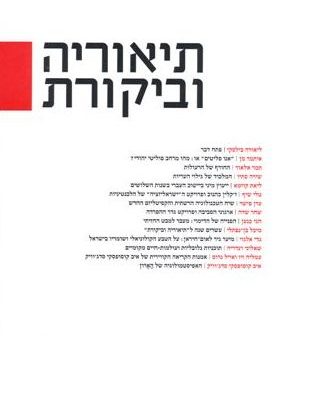בין מינוריות למז'וריות: ז'קלין כהנוב ופרויקט ה"ישראליזציה" של הלבנטיניות /
טלי שיף
מאמר זה בוחן את משמעות המושג "לבנטיניות" (מזיגה של מזרח ומערב הנתפסת כמנֻוונת ומזויפת) בשיח היהודי-לאומי בעשורים המעצבים של החברה הישראלית. הטיעון המרכזי המוצג במאמר הוא שיש לראות בדיאלוג שהתפתח בתוך הציונות בשאלת הלבנטיניות חלק מדיאלוג לאומי כללי יותר של מיעוט המנסה להבנות את עצמו כרוֹב. כתיבתה של האינטלקטואלית היהודית-מצרית ז'קלין כהנוב והשיח הציבורי שהתפתח סביב עבודתה בשנותיה המעצבות של ישראל הם הבסיס לדיון זה. המחברת טוענת כי בניגוד לפרשנויות הרווחות להגותה של כהנוב, יש לראות את תפיסת הלבנטיניות אצלה כמצביעה על מגמה מרכזית שאפיינה את השיח הציוני בעשורים הראשונים לקיומה של מדינת ישראל. כהנוב ביקשה להפוך את הלבנטיניות לאידיאל זהות מבוקש באמצעות יבוא התרבות הלבנטינית ההיברידית מתוך ההקשר של חברת מיעוט אל ההקשר של חברה יהודית ריבונית בישראל.
ניסיון זה "לייבא" את תרבות הכלאיים הלבנטינית מהקשר של מיעוט להקשר של רוב היה גם חלק מהשיח הלאומי היהודי ושימש נקודת מפגש בין כהנוב לאהרון אמיר, עורך כתב העת קשת. כהנוב זוהתה עם קשת, ששימש לה כדרכון לשיח האינטלקטואלי בישראל של אותם ימים. המצע האידיאולוגי המשותף מבהיר את תפקידו של מושג הלבנטיניות בשנים המעצבות של החברה הישראלית ומציע נקודת מבט חדשה על מעמדה של זהות הביניים ההיברידית במסגרת שיח המיעוט המבקש לדמיין את עצמו כשיח הרוב.


